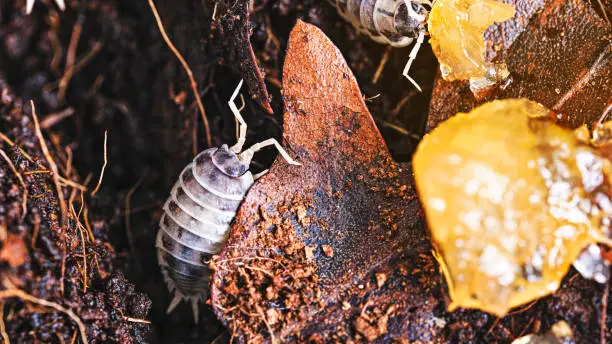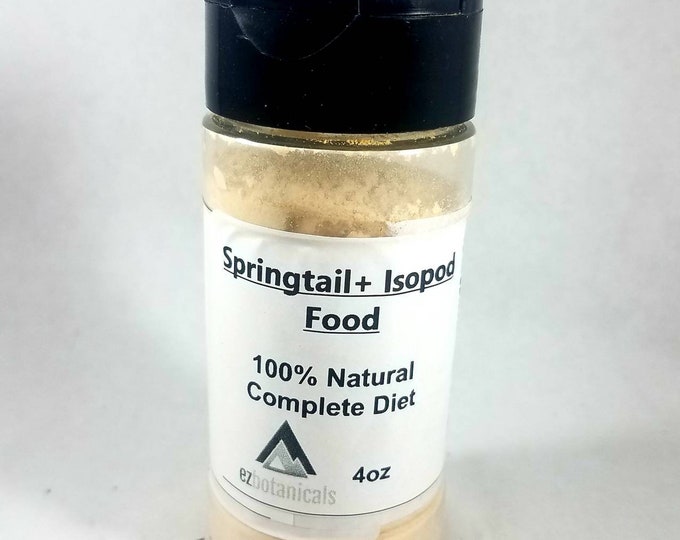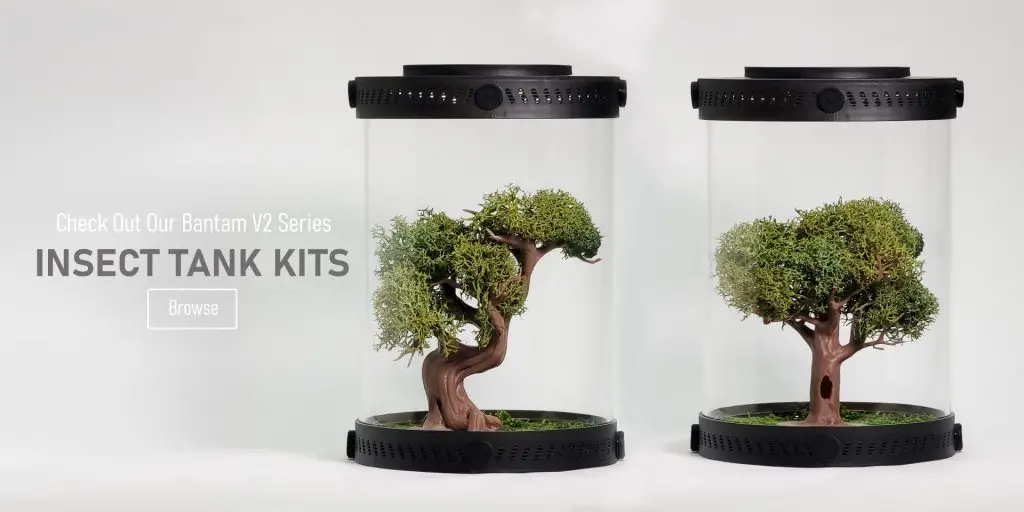If you’re looking for the definitive isopod food guide, you’ve come to the right place. As an experienced isopod feeder, I know what goes into creating balanced meals and finding the right snacks for my critters.
I’ve experimented with diets, tested out different foods, and crafted creative meals for maximum enjoyment.
Through trial and error, I’ve compiled the ultimate isopod food guide so that anyone can learn about best feeding practices.
From finding proteins and other nutrient sources to crafting snacks and treats, I’ll provide the basics you need to know to feed your pet isopods a healthy and sustainable diet. Let’s get started!
Table Of Contents:
ToggleWhat Do Isopods Eat?
In the wild, isopods feed on decaying plant and animal material. They search for dead leaves, wood, decaying fruits, and insects as their main sources of nutrition.
For added nutrition, they’ll even eat the feces of other animals!
In captivity, most isopods can be fed a finely blended mix of popular pet food such as decaying feeder fish and crickets to fruits, and vegetables.
Vegetables such as apples, carrots, mango, and spinach are excellent for supplying vitamins and minerals. Insects, particularly black soldier fly larvae, can provide an excellent source of protein.
Mealworms, fruit flies, and similar food items should also be included for variety. As treats, isopods can eat raisins, molasses, and mashed potatoes.
Provide the perfect diet for your isopods when you mix their food into our Bioactive Isopod Substrate Blend, which is rich in organic material to support their natural feeding habits.
Buy Isopod Food
Buying isopod food online is a convenient way to ensure your critters are getting the nutrients they need. With an array of options, you can find the perfect foods for your isopod’s preferences and dietary requirements.
Dried bugs, enrichment dust, freeze-dried insects, and complete diets are all available at reputable online stores that abide by animal welfare regulations.
How To Feed Isopods
This step-by-step guide will provide you with all the information you need to feed your isopods.
It will help you understand what food items are appropriate, how to prepare the food, where to place the food, and how to monitor the feeding process.
With this guide, you can ensure that your isopods are getting the proper nutrition they need to stay healthy and happy.


Materials:
Steps to feeding isopods
Common Mistakes
One common mistake many isopod owners make is feeding their terrarium pets grains and nuts.
While these foods may seem like a safe and convenient option, they lack essential vitamins and minerals that isopods need to maintain their health.
Additionally, some grains (e.g. corn and wheat) can be difficult for isopods to digest, potentially causing them digestive distress.
To ensure a healthy diet, avoid giving your isopod grains or other processed human foods.
Another mistake many isopod owners make is overfeeding their critters. Isopods don’t need to eat every day, and if they are overfed, they will be at risk of becoming overweight and unhealthy.
Keep in mind that isopods typically eat their leftovers, so it may be best to start with a small portion and adjust it as needed.
Finally, if your isopod appears to be hiding and refusing food, it may not be interested in eating or it may be unwell. If this is the case, seek professional advice from a vet or experienced isopod breeder.
Conclusion
Feeding isopods in terrariums can be fun and rewarding if you do it right. With this isopod food guide, you have all the knowledge and resources you need to craft balanced meals and discover nutritious snacks to keep your pet healthy.
Nutrient-packed proteins, calcium-rich vegetables, and snacks that offer a burst of energy can be creatively combined to provide your isopod with a unique and tasty experience.
With the right knowledge and ingredients, you can ensure your isopod is growing and developing while having a blast every mealtime.
Ensure your isopods have a balanced diet with our species-specific soil mixes, and create an ideal habitat with our Insect Enclosure Kits. These products provide everything you need for a thriving isopod colony.
Frequently Asked Questions
Isopods typically eat decaying organic matter, algae, fungi, fruits, and vegetables.
Depending on the species and the individual, most isopods can survive up to several weeks without food, although some isopods can survive even longer.
Yes, isopods can eat eggshells. The calcium in eggshells is an important nutrient for isopods, facilitating molting and providing an essential mineral for their growth and development.
Isopods in a terrarium typically eat decaying plant matter, fruits and vegetables, and fish food.
Yes, isopods can eat banana peels. In fact, banana peels provide a valuable source of nutrition for isopods, as they are packed with essential vitamins, minerals, and fiber. Isopods will also be attracted to the sweetness of the banana peel, making it an ideal snack.
Feed Your Pet Isopod Fruits and Vegetables, Fish Flakes, or specialized isopod food.
yes, isopods can eat raw potatoes if it is chopped up in small enough pieces for the tiny critters to scavage.
Isopods require moisture to survive. You should try to provide moisture to your isopods at least once a day. You can mist the enclosure lightly with a spray bottle filled with non–chlorinated water.
Yes, you can feed your isopods lettuce as an occasional treat. However, it should not be used as an everyday source of food, as lettuce offers very little nutritional value compared to other isopod diets. Additionally, the water content in lettuce can cause a rapid increase in humidity levels in their enclosure.
Yes, isopods will eat coffee grounds. Coffee grounds provide them with a source of nutrition for energy, minerals, and organic materials.
It is unlikely that isopods would eat dried mealworms; however, this can vary depending on the species of isopod. Generally, isopods prefer a diet of softer food such as worms, insects, and other small invertebrates.
Many species of isopods will feed on feces if they are unable to find a better source of food with higher-quality nutrition.



